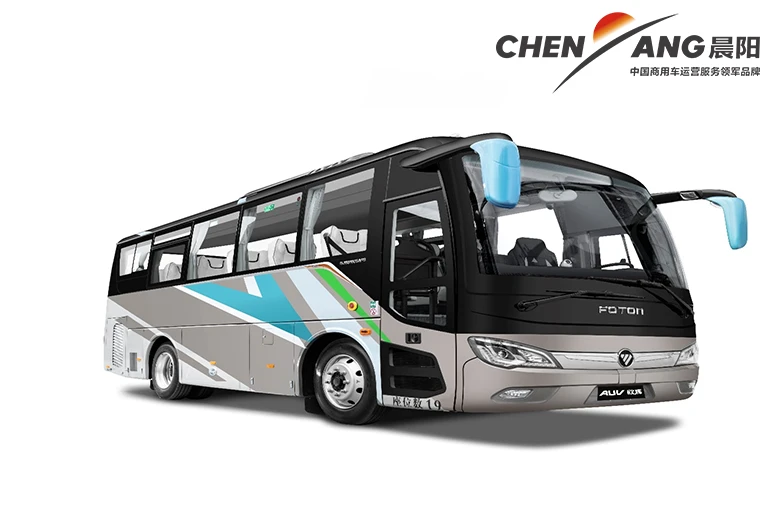dual clutch automatic transmission
The Evolution and Impact of Dual Clutch Automatic Transmission
In the world of automotive engineering, the quest for better performance, efficiency, and driver satisfaction has led to numerous innovations. One of the most significant advancements in recent years is the Dual Clutch Automatic Transmission (DCT). This technology has not only transformed the way vehicles operate but has also influenced the driving experience in unprecedented ways.
Understanding Dual Clutch Transmission
A Dual Clutch Transmission consists of two separate clutches for odd and even gear sets. Typically, one clutch engages the odd-numbered gears (1, 3, 5, etc.), while the other engages the even-numbered gears (2, 4, 6, etc.). This configuration allows for seamless gear shifts since, while one gear is engaged, the next one is pre-selected and ready to go.
The result is rapid and smooth gear changes without the interruption of power delivery, which is commonly experienced in traditional automatic transmissions. This design efficiently utilizes the engine's power, leading to improved acceleration and fuel economy—key attributes that modern drivers prioritize.
Advantages of DCT
1. Speed and Performance The primary advantage of DCT lies in its ability to shift gears quickly and smoothly. This rapid shifting mechanism translates to better acceleration and a more engaging driving experience. Sports car enthusiasts particularly appreciate the performance improvements afforded by this technology.
2. Fuel Efficiency Traditional automatic transmissions often suffer from inefficiencies due to their hydraulic systems and torque converters. DCTs, however, provide a more direct connection between the engine and the wheels, which minimizes power loss. As a result, vehicles equipped with DCTs often achieve better fuel economy compared to their conventional counterparts.
3. Driver Control Many DCTs also offer manual shifting modes that allow drivers to take control of gear changes. This feature appeals to performance-oriented drivers, as it provides a more engaging experience and better adaptability to various driving conditions.
dual clutch automatic transmission

4. Reduced Weight DCT systems can be lighter than traditional automatic transmissions because they do not require certain mechanical components, such as torque converters. This reduction in weight can enhance vehicle performance and efficiency further.
Challenges and Considerations
Despite its many advantages, Dual Clutch Transmission is not without its challenges. One main concern is the complexity of the system, which can lead to higher maintenance costs. Furthermore, the technology can be less forgiving in stop-and-go traffic scenarios, where the feel may be less smooth compared to traditional automatics. Some drivers have reported a slight learning curve when adapting to the idiosyncrasies of how a DCT operates.
Widespread Adoption
Initially developed for high-performance sports cars, DCT technology has successfully made its way into various segments of the automotive market. Manufacturers such as Volkswagen, Audi, Ford, and Hyundai have embraced this technology, offering it across a range of models from compact cars to luxury vehicles. The growing popularity of electric vehicles (EVs) has also sparked interest in DCTs as manufacturers look for ways to enhance the overall performance of hybrids and EVs.
The Future of DCT
As automotive technology continues to evolve, so too does the Dual Clutch Automatic Transmission. Ongoing research aims to address some of the challenges associated with the technology, making it more user-friendly for everyday driving conditions. Furthermore, as hybrid and electric vehicles dominate the market, the principles of DCT may be integrated into new transmission designs, fostering even greater efficiency and performance in future vehicles.
In conclusion, the Dual Clutch Automatic Transmission represents a significant leap forward in automotive technology. Through its rapid shifting capabilities, enhanced fuel efficiency, and engaging driving experience, DCT has forged a prominent place in the contemporary automotive landscape. As the industry progresses, it will be fascinating to see how this technology evolves and what new innovations emerge in the realm of vehicle transmissions.
-
2BFY Traction Series Grain Fertilizer Seeder-Chenyang Group|Precision Farming,Agricultural MachineryNewsJul.30,2025
-
2BFY Traction Series Grain Fertilizer Seeder-Chenyang Group|Precision Farming SolutionsNewsJul.30,2025
-
2BFY Traction Series Grain Fertilizer Seeder-Chenyang Group:Integrated Seeding&FertilizingNewsJul.30,2025
-
2BFY Traction Series Grain Fertilizer Seeder - Chenyang Group|Integrated Seeding,FertilizingNewsJul.30,2025
-
2BFY Traction Series Grain Fertilizer Seeder-Chenyang Group|Integrated Seeding&FertilizingNewsJul.30,2025
-
Grain Fertilizer Seeder-Chenyang Group|Precision&EfficiencyNewsJul.30,2025
Popular products

























